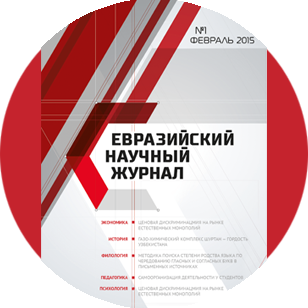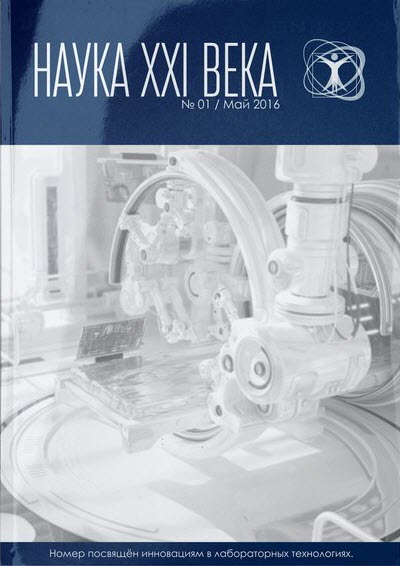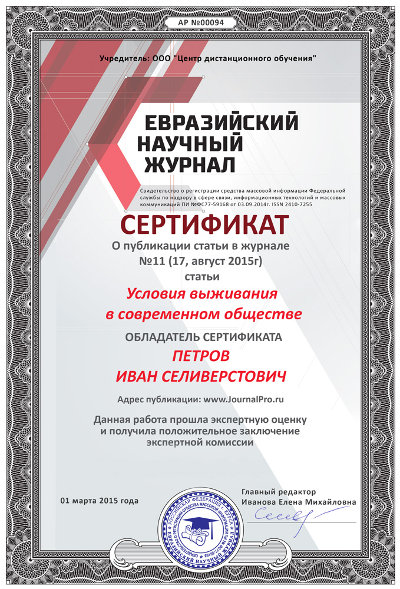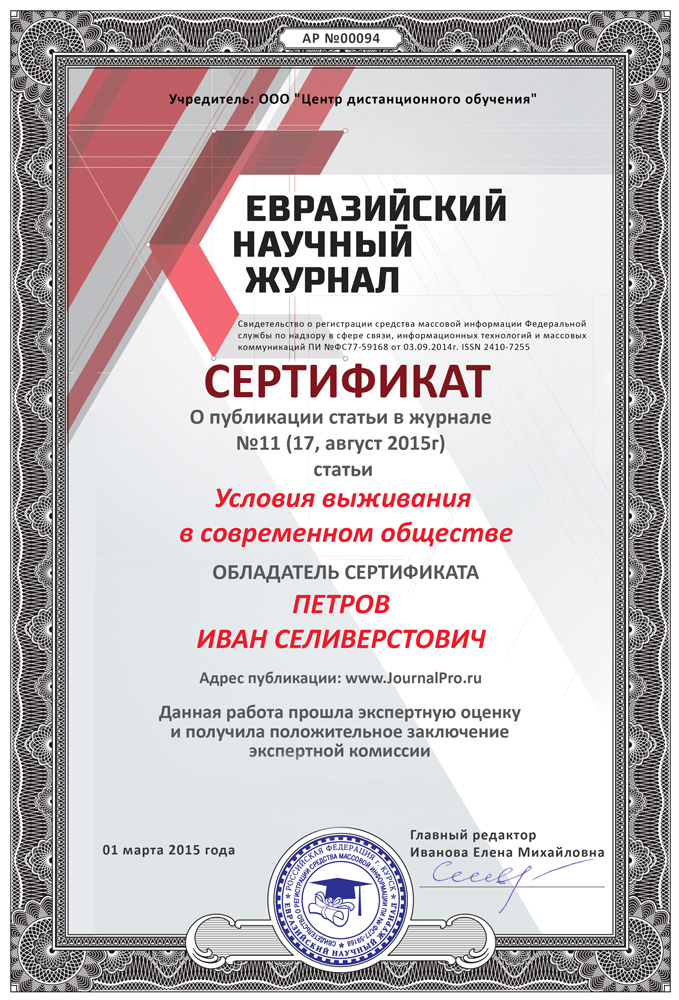Срочная публикация научной статьи
+7 995 770 98 40
+7 995 202 54 42
info@journalpro.ru
Integrated language skills
Рубрика: Филологические науки
Журнал: «Евразийский Научный Журнал №1 2017» (январь, 2017)
Количество просмотров статьи: 7722
Показать PDF версию Integrated language skills
Nazarova Z.K
teacher of Termez state university
E-mail: yasmina8687@mail.ru
Children need to use language in different settings and in different ways to develop their communicative skills to the fullest. And they need to know that language can be fun to use.
In teaching the language arts to children, teachers may follow a traditional or a nontraditional mode of instruction or attempt to select the best of both philosophies in an eclectic approach. In the traditional approach, the language arts are generally taught as separate subjects with skills being introduced as small parts of larger units—the underlying premise being that once the parts are learned, the whole is learned. This is called direct instruction. In the nontraditional approach, also called the whole language approach, the student is taught from whole to part. As Goodman (1986, p. 19) puts it, “Language is actually learned from whole to part. We first use whole utterances in familiar situations. Then later we see and develop parts, and begin to experiment with their relationship to each other and to the meaning of the whole.” This is an inquiry approach. According to Dixie Lee Spiegel (1992, p. 39), a leader in literacy research, “One of the most important benefits of whole language is that we are at last becoming literacy educators, not just reading teachers and occasionally writing teachers. Writing is increasingly viewed from the perspective of a process of communication, not as a set of mechanics to be mastered and then applied. Even very young children are being perceived as both writers and readers. . . .”
The language arts are best taught as integrated language modes; however, teachers need to understand fully each of the language arts. The integrated language arts curriculum is described by Searfoss (1989, p. 1) as follows:
In an integrated language arts curriculum, reading instruction is nestled among instruction in writing and oral language, resulting in greater command of all these language tools than is possible when they are taught in isolation. Children must read about what they hear and talk about; they must write about what they read and hear and talk about; they must talk about what they read and write and hear.
There are many situations in which we use more than one language skill. For this reason alone, it is valuable to integrate the language skills, but there are other reasons why integration can enhance the students’ communicative competence.
Many educationalists stress the importance of building new knowledge and skills on to what students already know and can do. So, if students are able to read a short story, this skill will help them to write their own story. Instead of just having listening, the students can have speaking, reading and writing practice. This can raise their motivation to learn English.
Integrating the skills means that you are working at the level of realistic communication, not just at the level of vocabulary and sentence patterns. Realistic communication is the aim of the communicative approach and many researchers believe that handling realistic communication is an integral part of essential conditions for language learning
Two types of integrated-skill instruction are content-based language instruction and task-based instruction. The first of these emphasizes learning content through language, while the second stresses doing tasks that require communicative language use. Both of these benefit from a diverse range of materials, textbooks, and technologies for the ESL or EFL classroom.
“Content-Based Instruction.” In content-based instruction, students practice all the language skills in a highly integrated, communicative fashion while learning content such as science, mathematics, and social studies. Content-based language instruction is valuable at all levels of proficiency, but the nature of the content might differ by proficiency level. For beginners, the content often involves basic social and interpersonal communication skills, but past the beginning level, the content can become increasingly academic and complex. “Task-Based Instruction.” In task-based instruction, students participate in communicative tasks in English.









